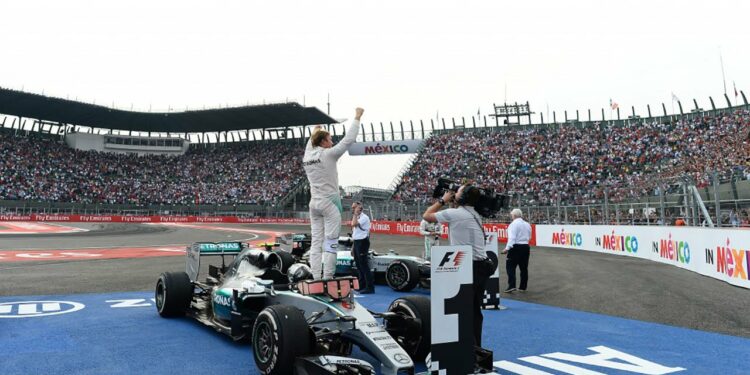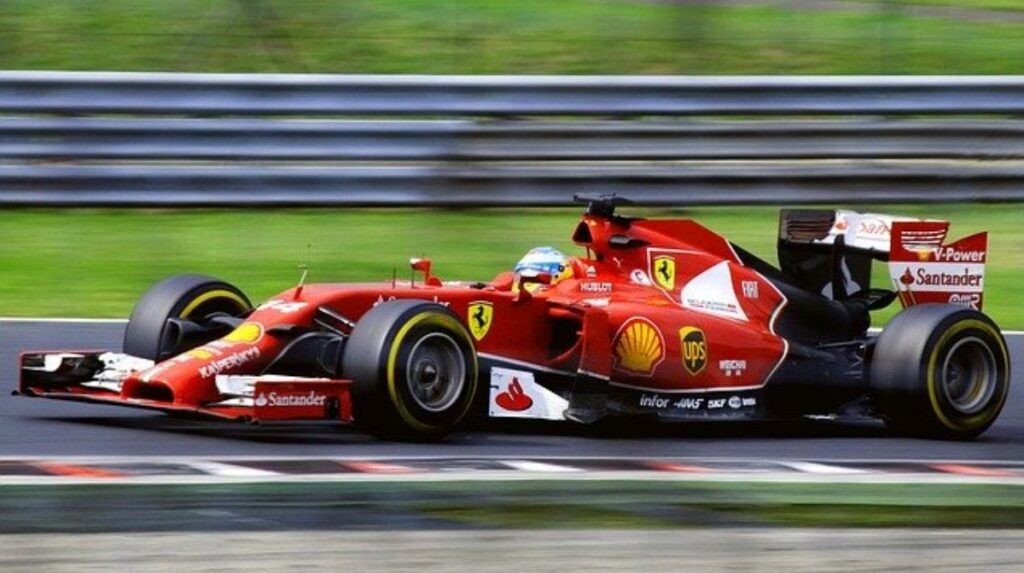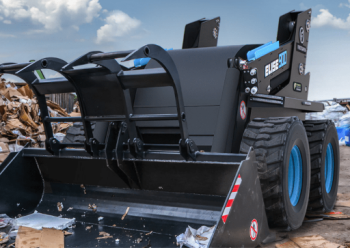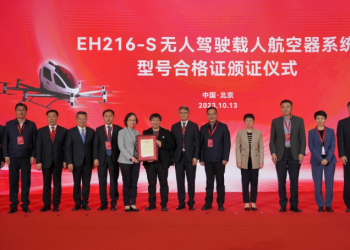The Formula 1 (F1) tracks are empty, but outside of them a tough technological battle is taking place for next season. Regulations for 2021 have already come into effect and teams can now carry out Computational Fluid Dynamics (CFD) work and the wind tunnel with their 2022 designs.
Working on aerodynamics for the new era is something that has been forbidden until now, even though teams have known the rules for some time.
The reason the International Automobile Federation has restricted simulation work in this way is they did not want to give an advantage to the teams with more resources over those lower down on the grid.
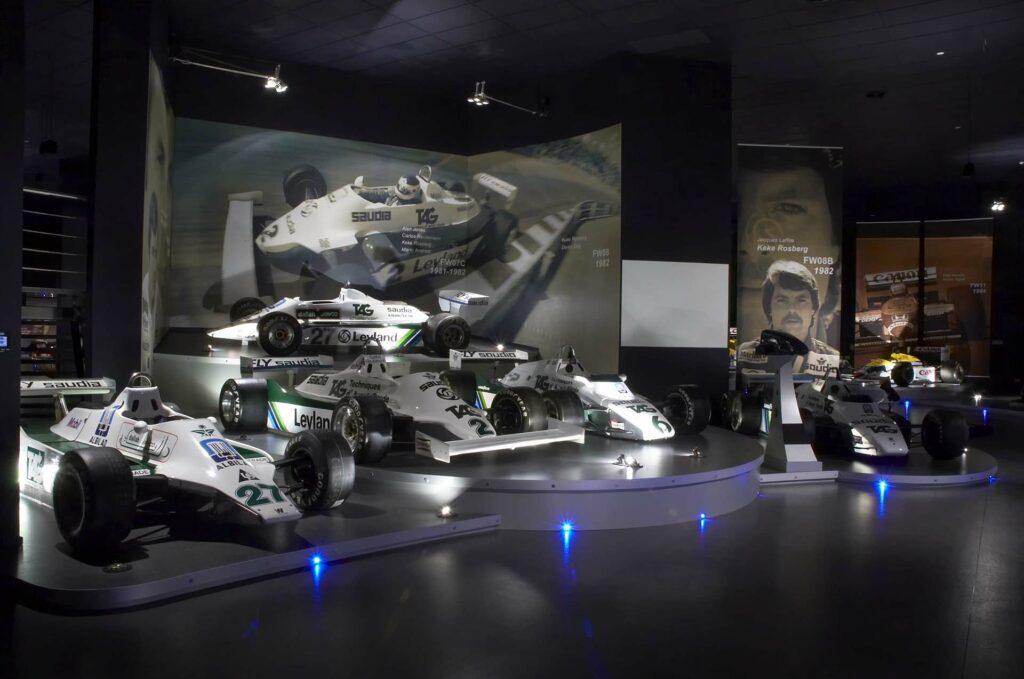
Williams F1 Factory Facilities Grove, Wantage. United Kingdon. ref: Headquarters12
Parity in competition
In the middle of challenges of the coronavirus pandemic, they ensured that there was not a huge disparity between teams with money to burn and those without money was considered a high priority.
Nevertheless there are other ramifications to consider as well, as teams will have a different handicap from each other during 2021, when the new sliding scale system for aerodynamic development comes to Formula 1.
The amount of simulation time available to each team will now be governed by their position in the championship, creating a curve that should compensate for differences teams have in terms of resources.
If we consider how this affects the wind tunnel time in 2021, the reference of 100% use of this tool is equal to 80 hours, with 320 tests and 400 hours of tunnel occupation.
This means that Mercedes will have 72 hours, 288 tests and 360 hours of occupation, while Williams will have 90 hours, 360 tests and 450 hours of occupation.
The scale grows to an even more significant number from 2022 as well, from when the champion among constructors will only be allowed only 70% of the agreed time of the wind tunnel limit and the CFD.
However, there are other characteristics of the system that must also be considered, as the year is also divided into six test periods that are affected by the position of the team in both the previous and current championships, and each of them is taken into account depending on the period in question.
Over time, this system is expected to close the gap between competitors but, as with all regulations, there will be ways that teams can find advantages.
Mercedes, knowing that they will be hit more than anyone on the grid by these changes, have approached the task in a way that is out of the way of its competitors.
As it appears to have accelerated its 2021 work earlier in 2020, stopping the development of the W11 much earlier than would normally be expected.
After all, the W11 was the most dominant car of the season and the fastest in Formula 1 history, giving Mercedes the necessary wiggle room to stop upgrade work sooner and turn its attention to a long term.
Meanwhile, in that same period, we’ve seen teams like Red Bull and Ferrari (which have comparable resources) completely alter the DNA of their cars, bringing them relatively close to the front of the grid.
The changes made by both at the end of the season have clearly helped to improve their fortunes, but that does not mean that the work they have done will not continue to bear fruit in 2021, especially since we have a lot of elements that will move to the next season.
Looking forward
The obvious conclusion drawn here is that Mercedes has spent a large part of this season calmly concentrating its efforts on 2021, forgoing higher profits for 2020 in the process.
They also will hope that the early development of its 2021 car will allow it to spend a disproportionate amount of time on its 2022 design, potentially offsetting the percentage losses the sliding scale will have on the car compared to its rivals.
Furthermore, regulations only go so far as to limit the team’s capabilities to simulate the aerodynamic impact of its designs.



